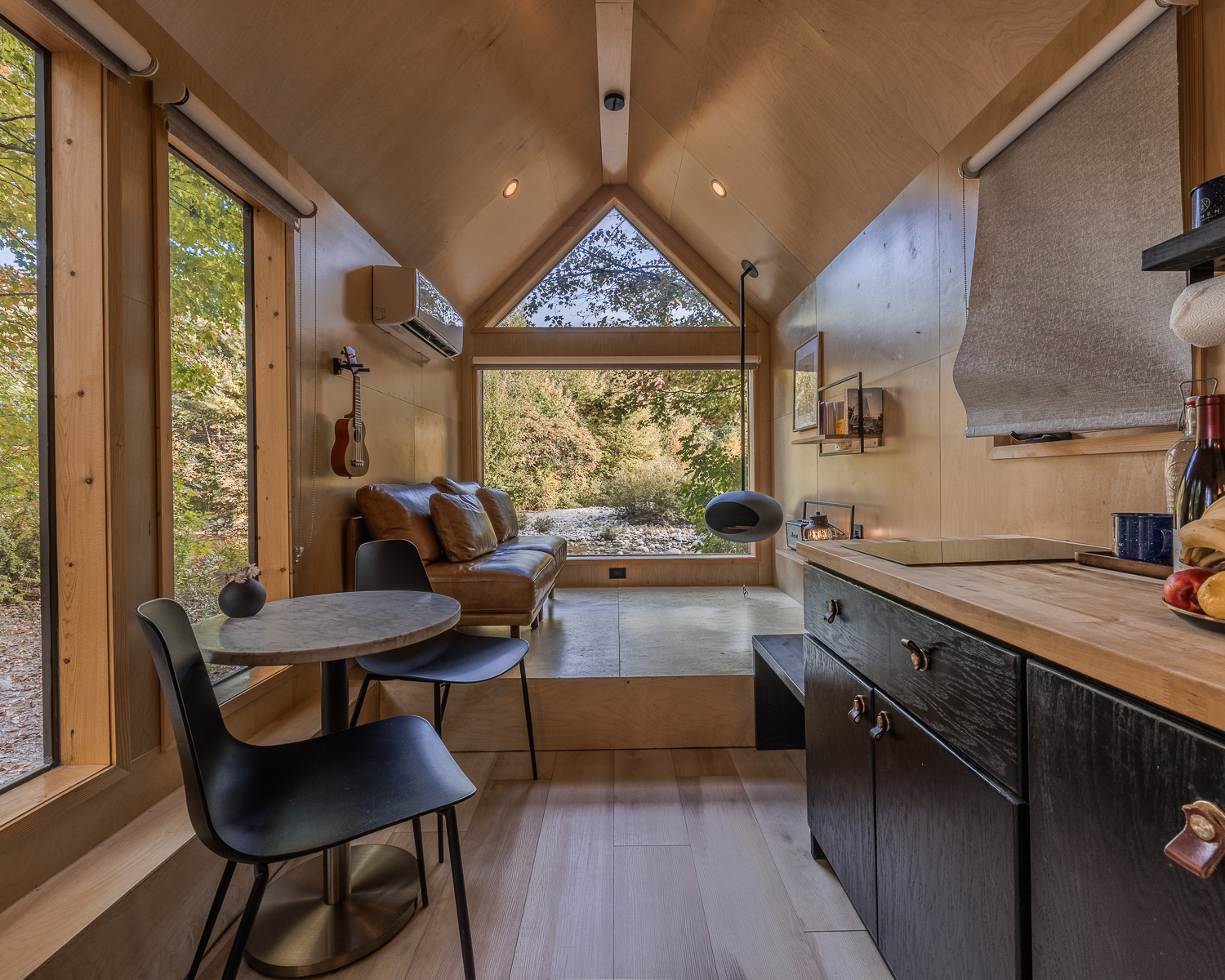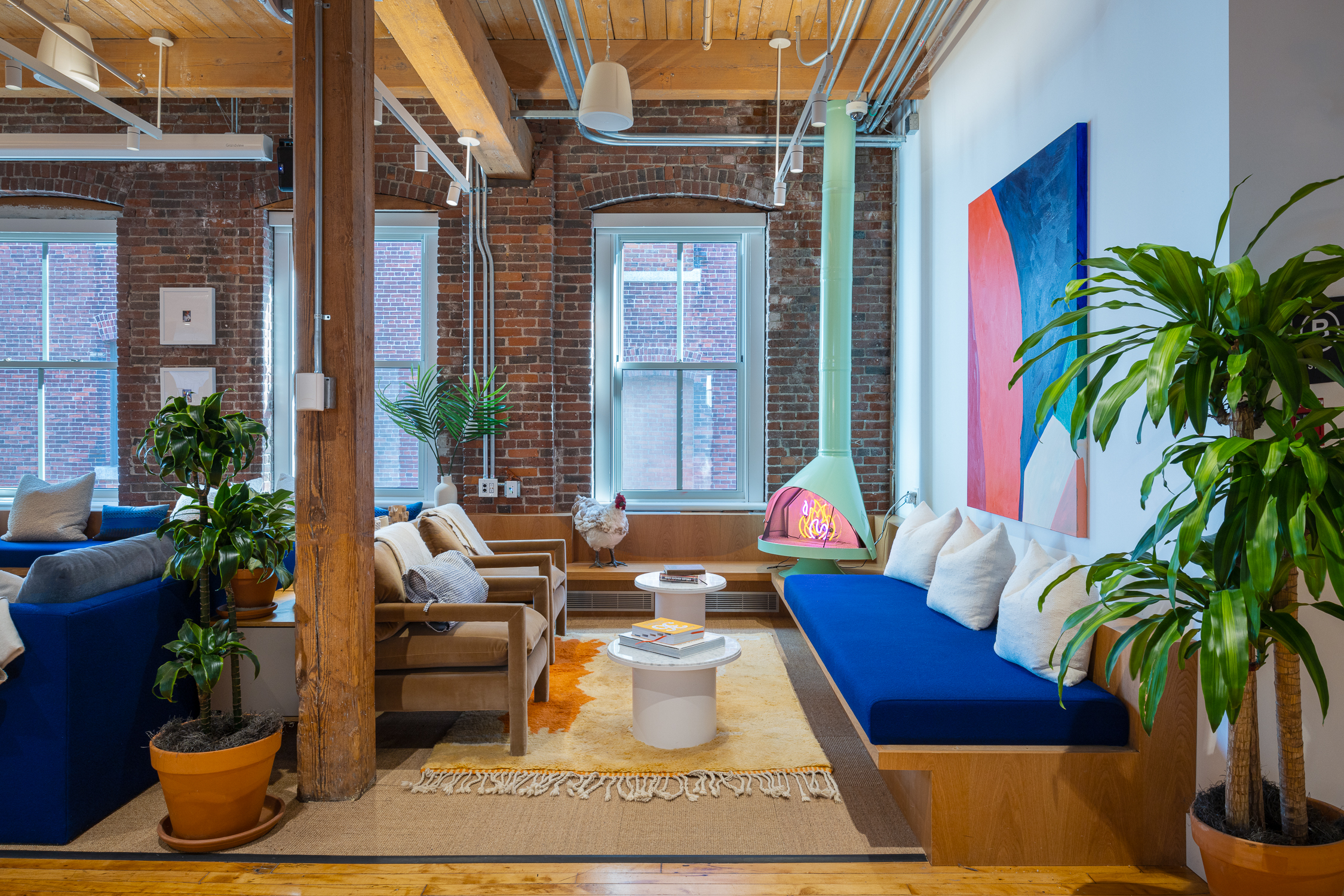The Most Photogenic Airbnb Interior Styles (and Why They Work)
When guests scroll through Airbnb, photos make the first impression. No matter how well the listing is written, it’s the visuals that stop people from scrolling. Over the years, I’ve photographed many short-term rentals across New England, and I’ve noticed a clear pattern: some interior styles just look better on camera. The design doesn’t have to be expensive, but it should be intentional and photo-friendly.
Why Design Choices Matter in Photos
Photography can only do so much if the space isn’t styled well. The way a room is designed affects how light moves through it, how colors blend, and how textures show up in photos. Clean layouts, balanced tones, and a few strong focal points always make a property look more inviting.
When I walk into a rental, I can usually tell right away how it will photograph. Certain color palettes and furniture choices make the space feel calm and easy to capture. Others, especially dark woods or busy patterns, make it harder to create balanced, bright images.
1. Minimalist and Modern
Minimalist interiors are some of the easiest to photograph well. White walls, light wood, and simple décor allow natural light to bounce around, creating clean and bright images.
When shooting minimalist spaces, I focus on structure and negative space. The simplicity draws the eye to lines and symmetry, which naturally make a photo feel organized and calm. This style also performs best online because it looks clean on both mobile screens and thumbnails.
2. Coastal and New England-Inspired
In New England, many Airbnb properties draw inspiration from the coast. Light blues, beige tones, white trim, and natural textures like linen or rattan make the photos feel warm and airy.
Coastal interiors capture that “relaxing getaway” feeling. I love shooting these spaces during the day with soft, diffused light to emphasize brightness. The goal is to show comfort and openness, that sense of escape people are looking for when they book a weekend trip.
3. Scandinavian and Neutral
Scandinavian design is another style that photographs beautifully. Neutral colors, layered textures, and simple lines make the space feel modern but cozy. The light tones help balance shadows and make the room feel bigger.
For these interiors, I often use softer artificial light to keep everything looking natural and consistent. Scandinavian setups work especially well in smaller apartments where every inch of space matters. The result is calm, balanced, and timeless.

4. Boho and Eclectic
Boho spaces bring personality and warmth. The key is to keep them organized. Too many patterns or colors can make the image feel messy, but when done right, boho interiors look vibrant and full of life.
I like to highlight textures, woven blankets, plants, wooden furniture, or vintage details. These elements photograph well because they add depth and tell a story. Small styling choices, like an open book or a throw blanket, help create that lived-in but curated look guests love.

5. Industrial and Loft Style
Exposed brick, black metal, and large windows make industrial interiors visually interesting. They create strong contrasts and textures that photograph beautifully. The challenge is managing light — darker materials can absorb it, so I use controlled artificial lighting to highlight key areas and avoid losing detail.
When balanced well, industrial interiors have a cinematic quality that appeals to guests looking for something modern and urban.
What Makes an Interior “Photogenic”
After years of photographing Airbnb spaces, I’ve learned that photogenic doesn’t mean perfect. It means the design feels open, consistent, and welcoming. The most photogenic homes have:
- Light or neutral walls that reflect natural light
- Consistent color themes across rooms
- Decluttered surfaces and simple décor
- A mix of textures that add depth
- Clean windows and bright lighting
Dark wood and small windows, on the other hand, can make spaces harder to photograph. They absorb light, which limits how airy and open the images look. When clients ask for advice, I usually suggest adding lighter textiles or a few mirrors to help bounce light around.
Final Thoughts
Good interior design helps photography do its job. When the space feels balanced, clean, and well-lit, the photos practically take themselves. Whether it’s a modern apartment in Boston or a lakeside cottage in Vermont, the right style can turn a listing into something guests fall in love with before they even arrive.



